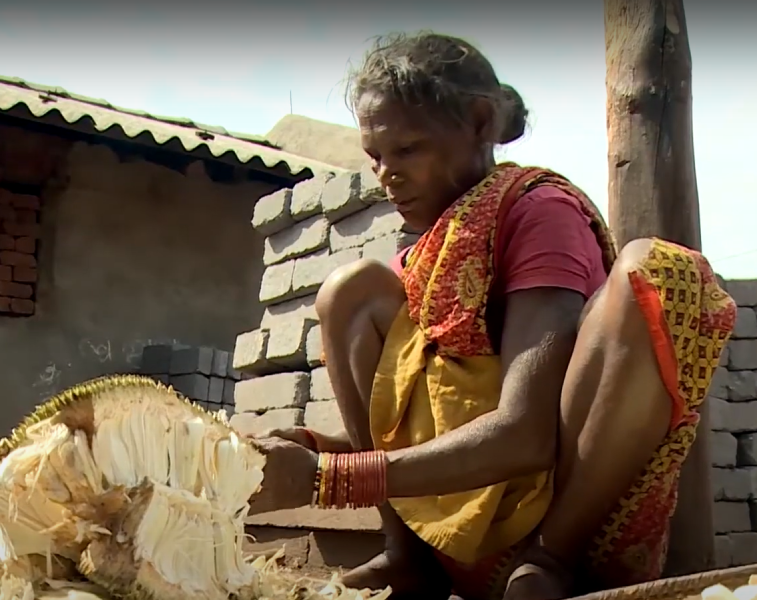
Themes
practices showing communitarian life
Juang Tribe’s Communitarian Life , odisha
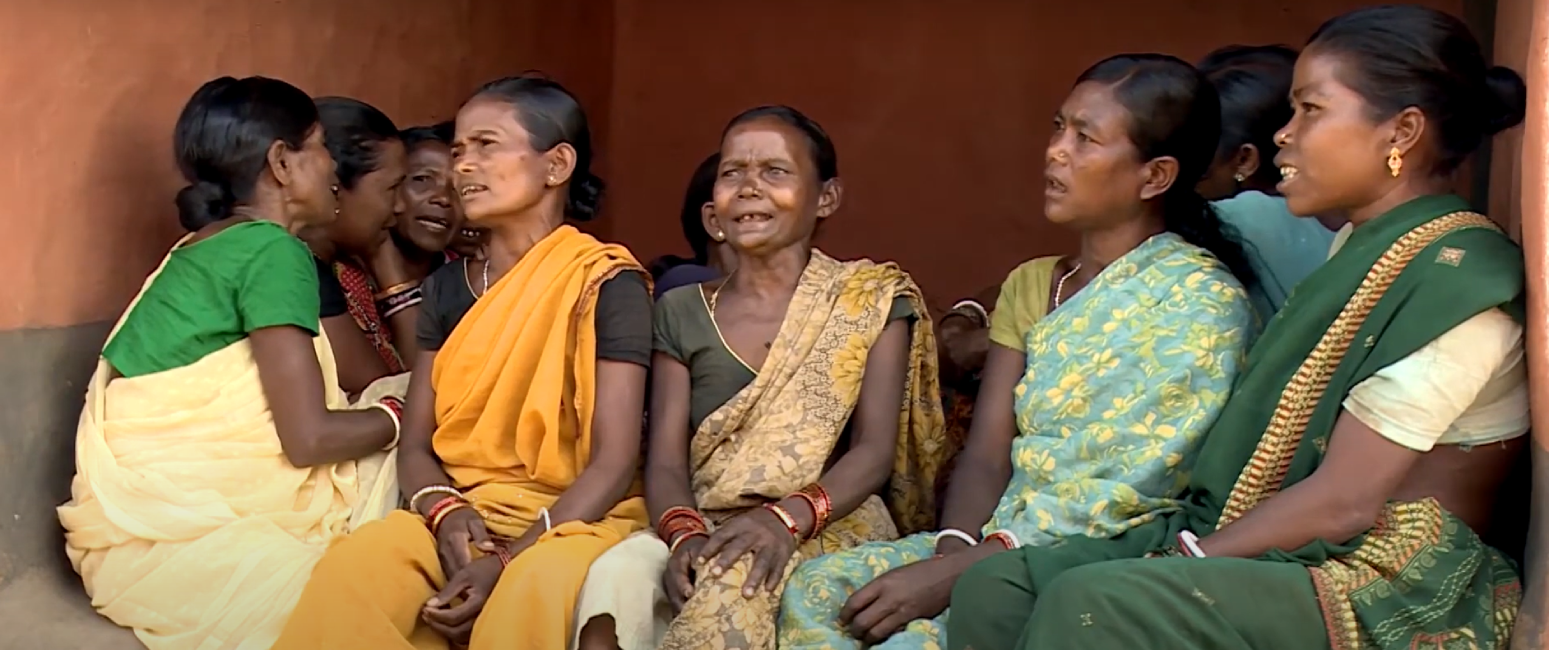
In every Juang village, there exists a significant community institution known as the Majang or Mandaghar. This is a rectangular structure prominently located at the center of the village and serves multiple purposes. It acts as a youth dormitory, a courtroom for the council of elders (Barabhai), a guesthouse for visitors, a cooperative granary for storing the village’s grain fund, a storage place for musical instruments, a cultural venue for communal rituals, music and dance performances, and a repository of Juang art and crafts. The Majang is central to the social, political, and economic life of the Juang people.
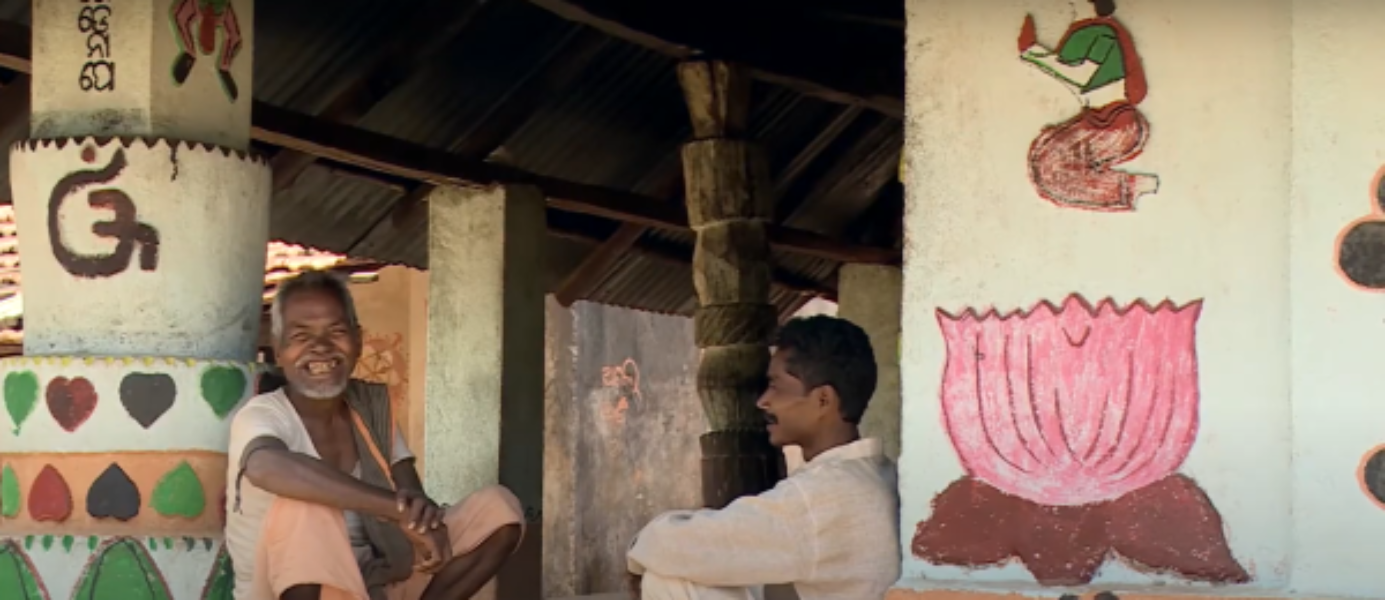
The Juangs follow a patriarchal and patrilocal social system. Their society is organized into various clans, each of which reveres a particular animal or object as a sacred totem. These totems are never harmed or destroyed. While the tribe practices endogamy at the community level, the clans are exogamous. The tribe is broadly divided into two major clan groups — Bandhu and Kutumb. Marriages are allowed within the Bandhu clan group but strictly prohibited within the Kutumb clan or outside the tribe.
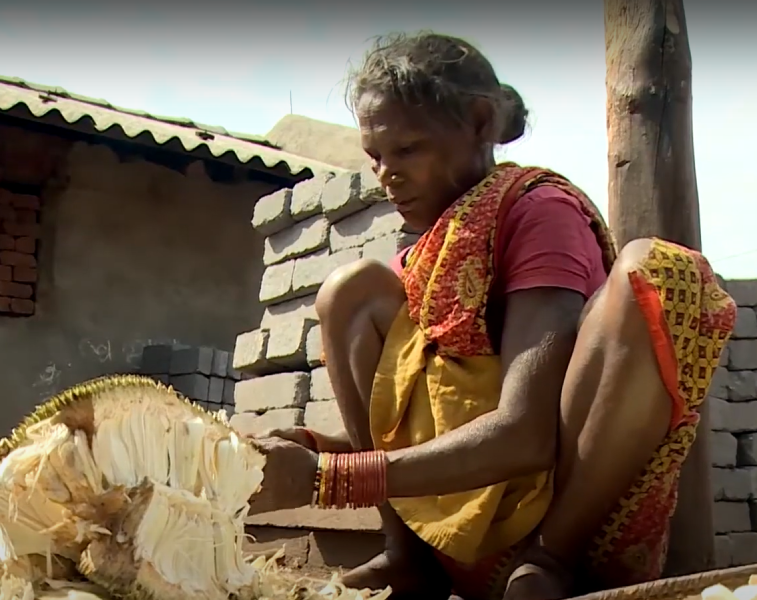
The family unit is typically nuclear, with only a few joint families in the society. The father is the head of the family, and upon his death, the sons may divide the property, with the eldest usually receiving a larger share. While membership in a family is acquired by birth, daughters become members of their husband's family after marriage.
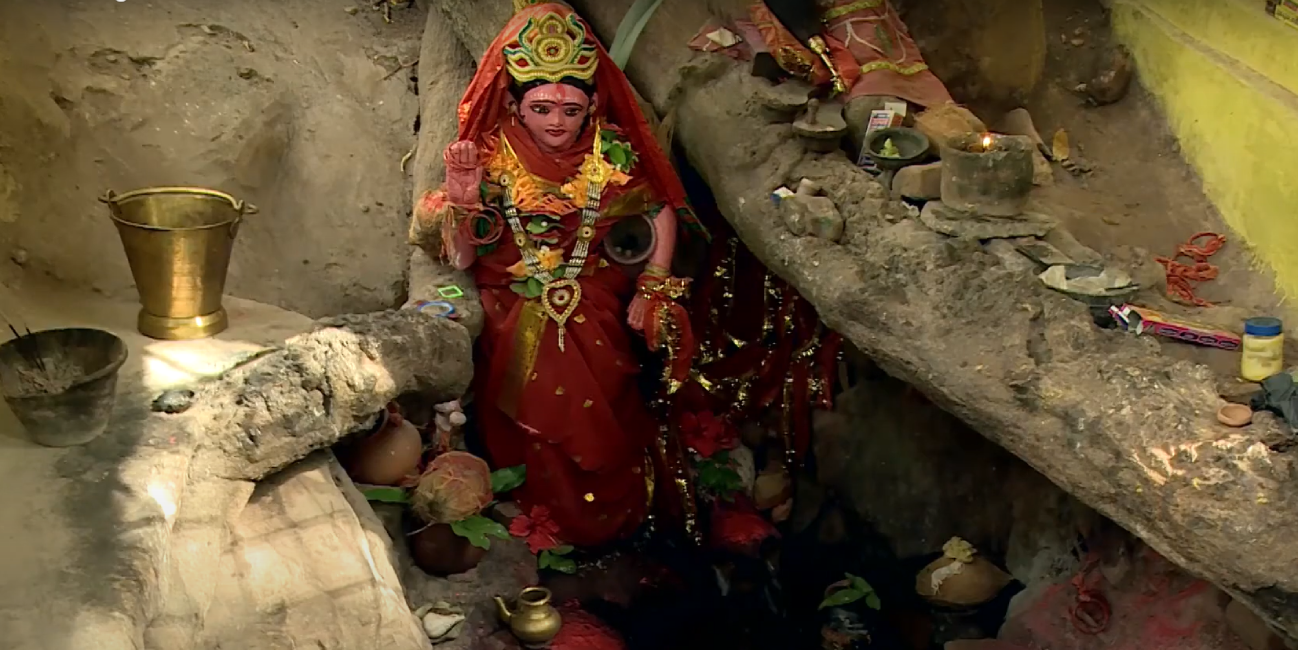
The Juangs have a strong belief in Mahaprabhu, their Supreme Deity, whom they consider the Creator of the Universe. They also worship Basumata (Mother Earth) and Dharma Devta (Sun God) as higher deities responsible for sustaining life. Each village also has a local deity known as Thanapati. Different clans worship specific deities with their own distinct rituals. Gram Siri is revered as the village’s patron goddess and is represented by tall, pointed stones placed in front of the Majang. She is worshipped during all major village rituals and is believed to protect the community from disasters and misfortunes. When a village relocates, these sacred stones are carried to the new site by unmarried boys and reinstalled by the village priest.
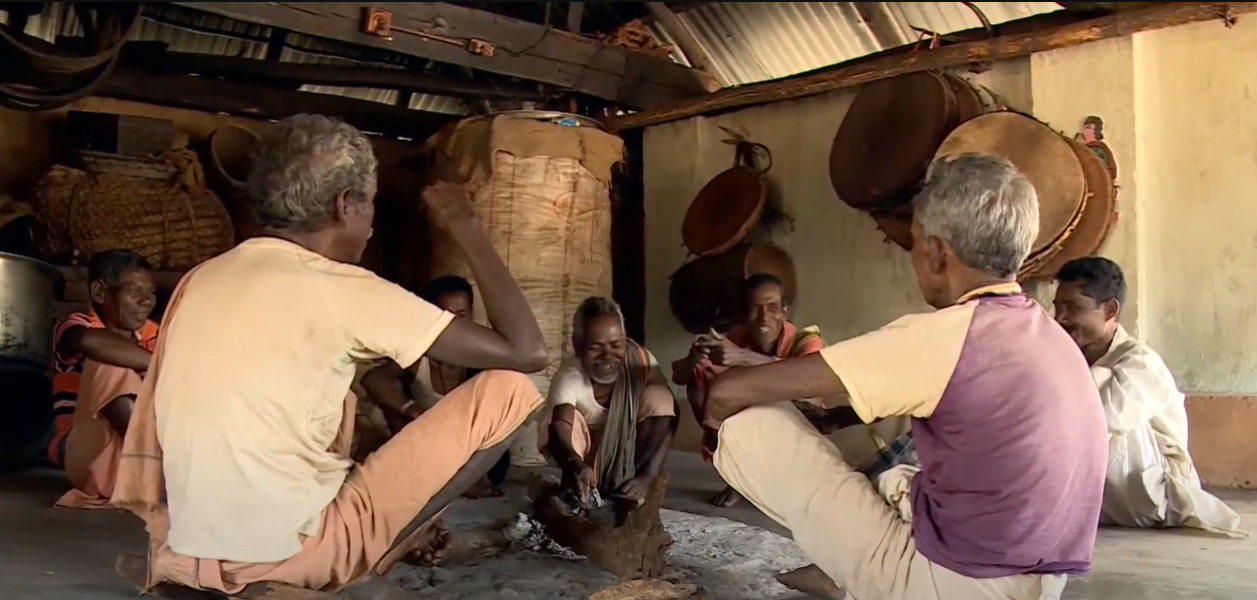
The traditional youth institution associated with the Majang plays a vital role in the community life of the Juangs. Unmarried boys and girls are members of this organization, which is actively engaged in community service and the preservation of social and cultural traditions. These youths sing and dance together under the moonlight, fostering joy and unity. The Majang serves an important educational role, where the younger generation learns traditional customs, values, and social norms from their elders. The primary aim of this youth organization is to preserve tribal unity and promote their cultural heritage.

